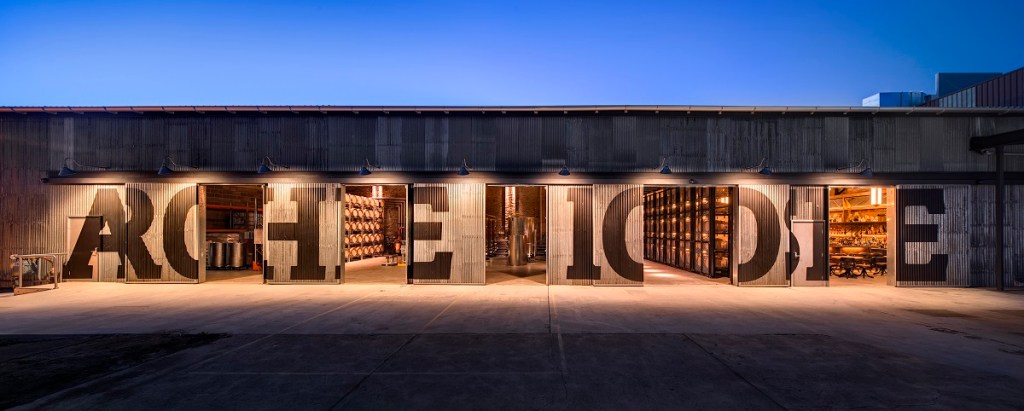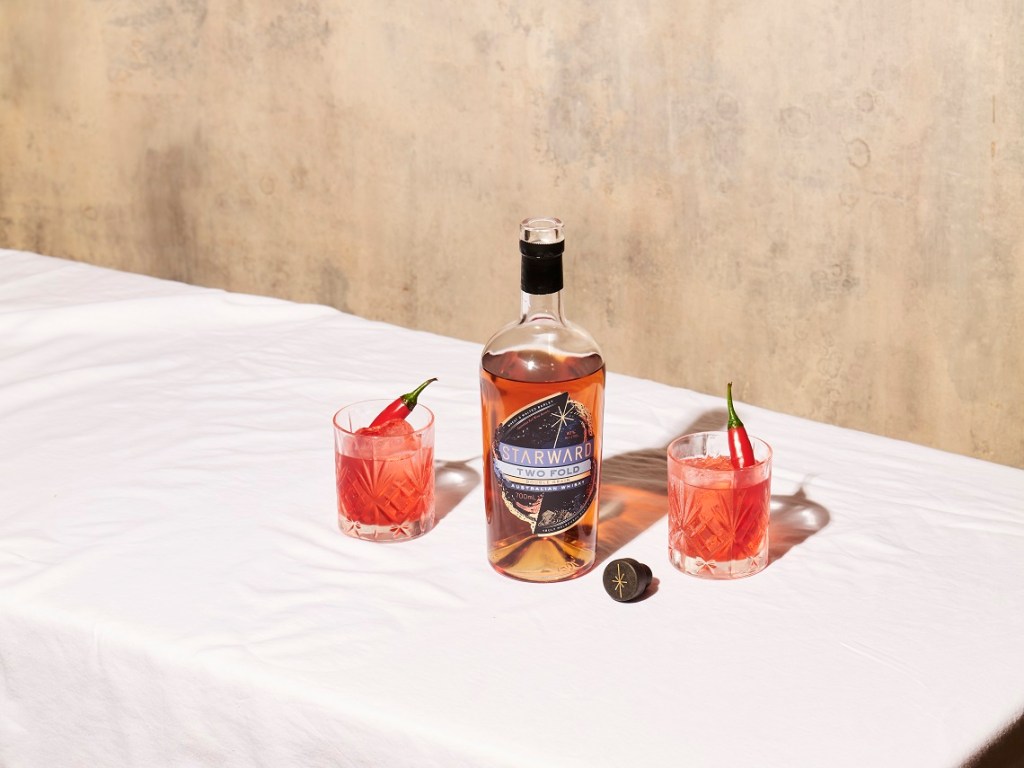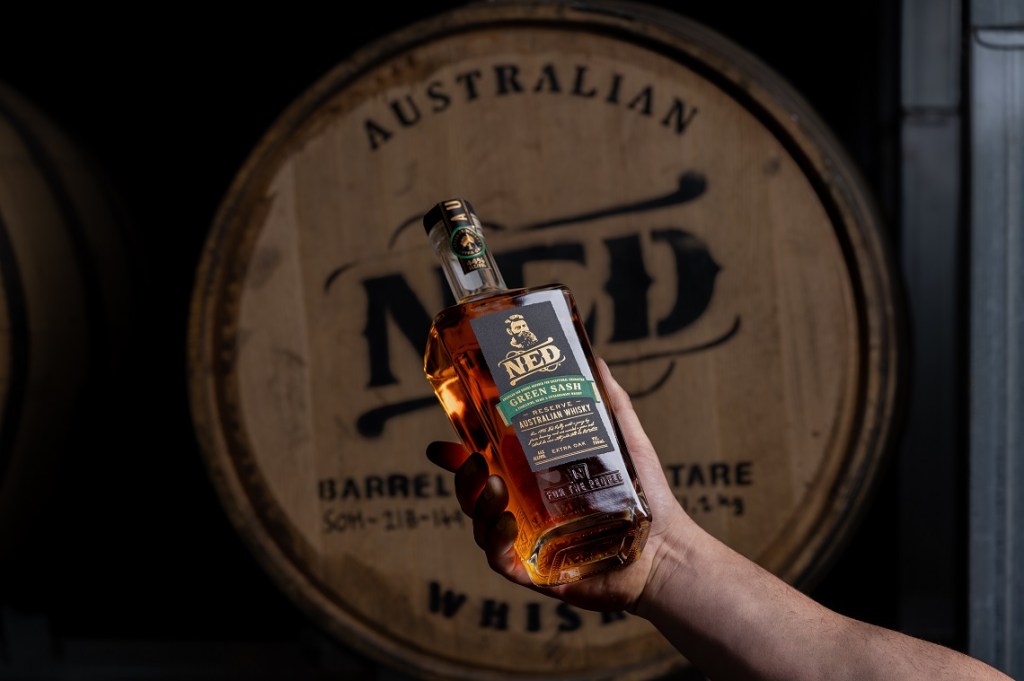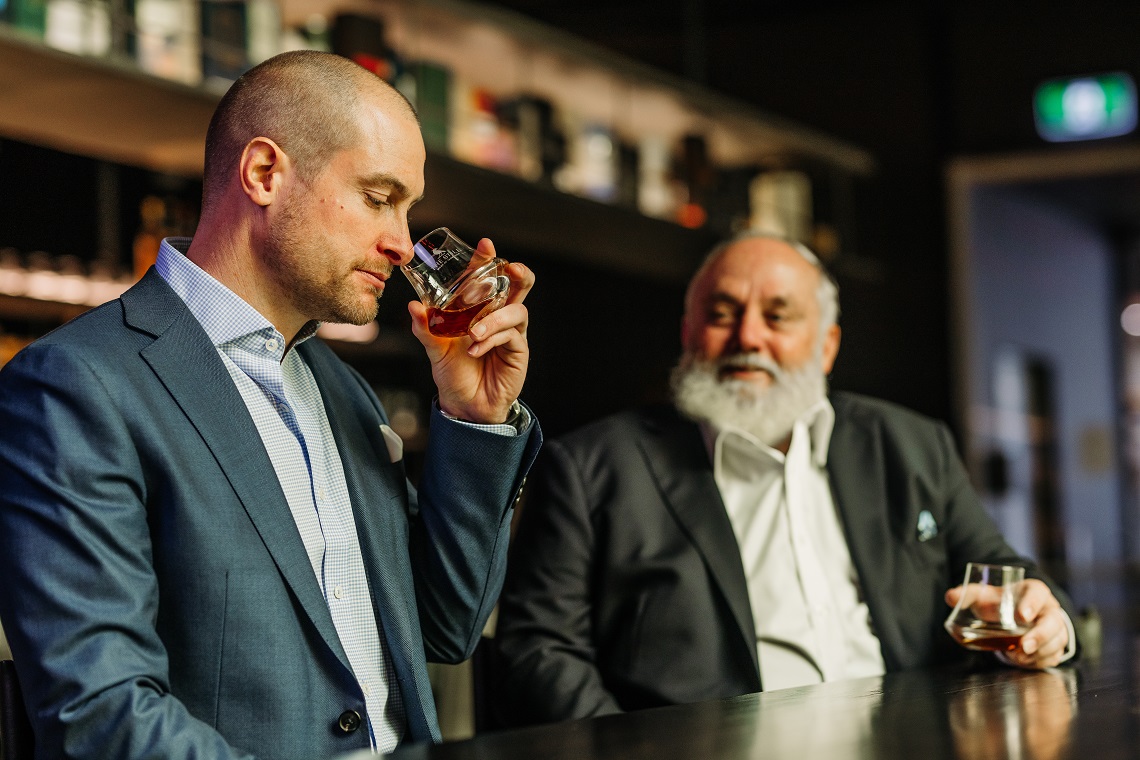If you can think of a spirit, chances are a version of it is being made right here in Australia.
In just a few decades, our distilling sector has gone from cottage industry to national powerhouse, with an incredible increase in the diversity of spirits on offer.

Pioneer perspectives
If there’s one producer that can be credited with blazing a trail for Australian distillers, it is Lark Distillery. It’s a well-known story, but one that bears repeating – 31 years ago, Bill Lark wanted to establish a whisky distillery in Tasmania, something that had not been attempted since the early 1800s. Restrained by outdated licensing laws, Lark petitioned for their change, and succeeded in securing key amendments. In doing so, he laid the groundwork for many of the distilleries Australian drinkers now cherish.
Lark’s current Head Distiller, Chris Thomson, reflects on the massive changes the distillery has witnessed since its foundation in 1992, and what has also stayed the same over the years.
“The biggest change is there are now over 400 distilleries now in Australia which is phenomenal growth over 31 years,” Thomson says.
“It’s exciting to have so many new players in the industry bringing new ideas. Most pleasing from our point of view is that, as the industry has grown, we have managed to keep a culture of collaboration.
“Australian distilleries are generally here to build an industry as much as they are about building a great distilling business. We have also seen Australians fall in love with Aussie spirits, particularly whisky – 15 years ago very few people knew about Aussie whisky, now it seems that’s what people are drinking.”
And this growth has been driven, as Thomson sees it, by the innovation of Australian distillers.
“You could make a real argument that Australia is the most innovative whisky region on the planet right now. It’s an exciting time right now for Aussie spirits,” he said.
This perspective is shared by Harriet Leigh, Head of Hospitality at another pioneering distillery, Archie Rose Distilling Co., which was one of the first new independent distilleries in Sydney when it opened in 2014.
“This period of rapid growth has given rise to a diverse range of styles within the Australian spirits landscape,” Leigh explains.
“Embracing a spirit of experimentation and innovation, Australian producers are constantly pushing the boundaries of what is possible, as we are ourselves.”
Leigh outlines how this intrepid attitude impacts production at Archie Rose.
“We take pride in our pioneering approach, exemplified in our experimentation with malt and separate malt streams within our maturation process, as well as our use of individually distilled botanicals, or the blending of three types of molasses spirits to create our Triple Molasses Rum,” Leigh said.
“Such endeavours are not easy or inexpensive, but we believe they are crucial in achieving the best possible products.”
Port Melbourne-based Starward Whisky, founded in 2007 by David Vitale (who had been mentored by Bill Lark himself), is another iconic distillery that can be credited with helping to lay the groundwork for Australian spirits.
Simon Marton, CEO of Starward, concurs with his fellow industry colleagues, saying the increase in the number of Australian distilleries can only be a good thing, and drives momentum behind the segment.
“We know that the Australian spirits industry, particularly Australian whisky, is experiencing dynamic growth (+30 per cent MAT),” he noted.
“We have seen an increase in consumers seeking brands that reflect the best of what Australian culture, ingredients and climates have to offer.
“We are pleased to say that this interest drives growing demand and we have an increasing pool of loyal fans with a keen interest in locally made, craft spirits that don’t compromise on quality or taste. As a result of this consumer interest, we’ve seen some of Australia’s best distilleries gain momentum.”
In particular, Marton has identified one group of consumers that are contributing to the ongoing boom of Australian spirits.
“There has also been growing penetration for Australian spirits amongst premium drinkers. With Australian spirits (in particular, Australian whisky) quickly gaining momentum and consumer interest, we’ve seen premium drinkers increasingly reach for Australian whisky as they would a premium Japanese whisky or Scotch,” Marton said.
“As Australian whisky, we’re not bound by tradition, so we are able to come to the category with products that are truly unique in terms of ingredients, processes and flavours.”

A sustainable future for Australian spirits
The smaller distilleries referenced by each of these titans of modern Australian distilling are also playing a key part in driving the industry’s expansion.
One example is Black Rabbit Distillery, a small batch gin producer based in Goulburn Valley, Victoria. The distillery was established by Sam Wieland last year and is seeking to assert itself in the heavily contested gin space with a sustainable approach.
“Our point of difference in the industry is making use of waste plums from local orchards around the distillery to produce plum eau de vie,” Wieland explains.
“This fruit would normally go to landfill or stockfeed at cost to the grower, so we have developed working relationships with our local orchardists to make a unique premium product.”
Wieland believes that this aspect of the distillery’s products will appeal to Australian spirits drinkers.
“As consumers are becoming more aware about how and where the spirits they purchase are made and what impact that production has on the environment and economy, these small sustainable distilleries can fill a gap that can’t be filled by big producers,” Wieland continued.
“‘Produce local’ and ‘purchase local’ have become catch cries in the last couple of years across the country and being able to source grain, cane, fruit, botanicals and other consumables as close to a distillery as possible has a positive impact on environmental footprint and local economies as well.
“I feel that there’s big opportunities for small distilleries in Australia to come to the fore and provide more sustainable premium alternatives for consumers.”
This is also the message from Eddie Brook, Co-founder and Distiller at Cape Byron Distillery, producer of Cape Byron Whisky and Brookie’s Gin. Brook believes that sustainability will soon be a key requirement in the spirits category.
“In the near future, solid, transparent, sustainable practices will no longer be a choice for businesses/distilleries but a prerequisite to having a successful product in the market,” Brook says.
“Consumers now more than ever want more from their suppliers. They are wanting to purchase products and support businesses that are trying to lead the way in making the world a better place.
“As a small industry (the Australian distilling industry), we have such an opportunity to be a leading industry for sustainable practice and we look forward to bringing as many retailers, drinkers and other distilleries along for the journey with us.”
Another brand that places sustainability at its core is Seven Seasons Spirits, found in the Mighty Craft stable.
Cameron Buckland, National Sales and Marketing Director for Mighty Craft, gave some background and said: “Seven Seasons’ gins are the real deal, both owned by [Indigenous Australians] and made with produce harvested by Indigenous Australian communities using sustainable practices perfected over millennia. Its narrative ticks all the boxes for retailers.”
Producers are also considering their entire supply chain when making sustainable decisions – including those aspects that might not be immediately visible to consumers, such as the casks used for maturation.
This approach is demonstrated with Manly Spirits Co. Distillery’s recent Italian Luxe Trio series of Coastal Stone single malt whiskies, as Co-founder and Master Distiller, David Whittaker, reveals.
“We want to make Australian whisky with Australian character. Along with our hot dry climate we strive to use sustainably sourced barrels that are locally available for us to fill,” Whittaker says.
“We do this to reduce our carbon footprint and to take advantage of the high quality and robust wine varietals produced by our local winemakers to mature distinctively Australian whiskies.”
For the Italian Luxe Trio, Manly Spirits partnered with Riverinabased winery, Mino & Co, allowing the distillery to access casks that previously held Italian wine varietals, without the economic and ecological cost of shipping them from Italy.
“Thanks to Mino & Co Wines we were able to create this exclusive whisky series comprising of ‘Sangiovese’, ‘Montepulciano’ and ‘Aglianico’ expressions, one of the first single malt whisky of its kind. Our aim is to strike a balance between innovation and tradition, offering something new and exciting while still staying true to our core values,” Whittaker adds.

Understanding the narratives
Ryan Buckle, Director of Sales & Marketing for Top Shelf International (TSI) told National Liquor News that one of the most effective ways of connecting with consumers of Australian spirits is to lean on the unique local stories connected to domestic producers.
An example of this is found with TSI’s own Ned Whisky (named after Ned Kelly) which heavily features its Australian provenance in marketing and packaging.
“Ned Whisky is made from Australian grains, in the Australian climate with Australian innovations,” Buckle says.
“If we tried to copy and paste a bourbon distillery and their process into Victoria, we wouldn’t be doing justice to our environment. This is a whisky made by us for us (the proof is in the flavour) and by presenting Ned Whisky as such we resonate all across the country, from high-end whisky aficionados to passing-interest trialists.”
Buckland says the stories behind Seven Seasons’ ingredients are equally compelling.
“It is important to highlight for both retailers and consumers the fascinating story behind each Seven Seasons product, and how far we travel around Australia to source the best and most authentic native ingredients that are then blended with new world flavours,” he said.
Read the rest of this feature, including important category tips for retailers and predictions about the future of Australian spirits, in the May issue of National Liquor News.

